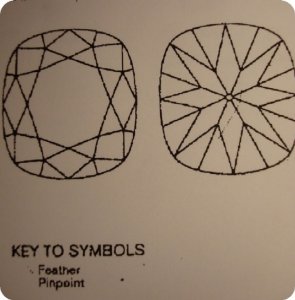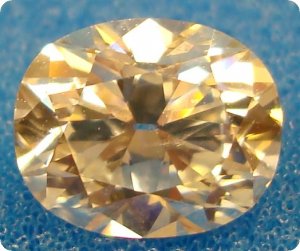pauly1
Shiny_Rock
- Joined
- Jan 11, 2007
- Messages
- 381
Hey there, sorry if I''m being a pain in the you know what, but I had to start a new post. I''m 99% sure I''m going to be purchasing this stone in the next 18 hours, so I don''t want to leave anything to chance. My concern with this stone is that it''s rated an SI2, but when you look at the plot it''s so clean, with the exception of the feather. So my questions is, is the feather big enought to make it an SI2 or am I missing something? I looked at the stone in person today, and It looked eye clean to me, but I''m relitavely new to this. Under the loupe it''s very visible, which doesn''t bother me. Something just isn''t sitting right with me. Any thoughts, or is this just the night before anxiety?















300x240.png)